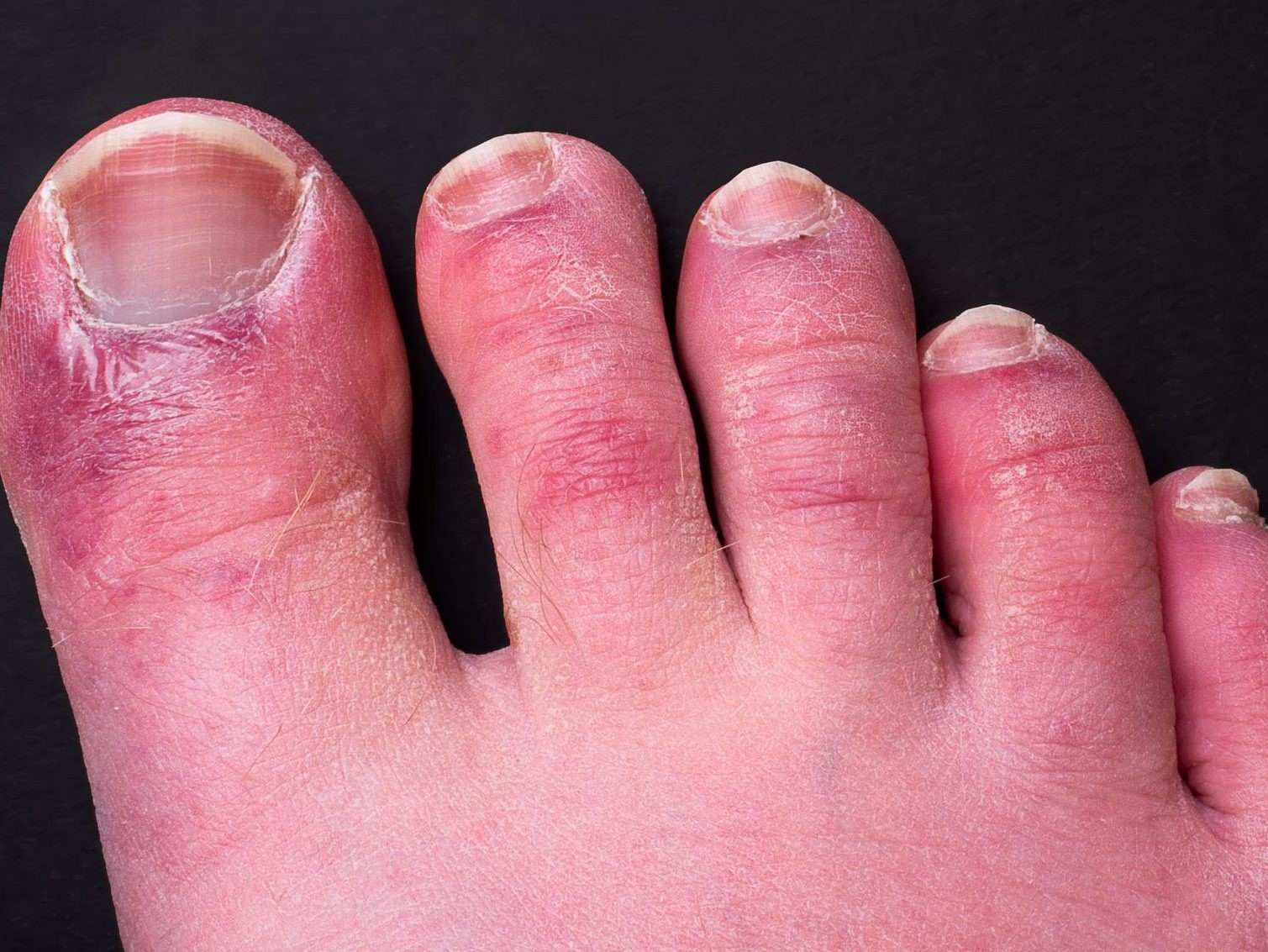Those with the disease may not exhibit its typical symptoms so connection to virus may be overlooked

Article content
Following a small study in Paris, researchers have a better understanding of why some people who catch COVID-19 develop chilblain-like lesions on their toes and even fingers.
Article content
The skin looks red or purple, sometimes with raised bumps or rough skin. It most often happens in children and teens. Some find it painless, but for others, it can be extremely sore and itchy, with pus, blisters and swelling that can be painful enough to render it impossible to wear shoes. It can last weeks or even months and most often dissipates on its own, but continued cases can be eased with prescribed creams or other drugs.
Article content
Patients with this side effect may not have the typical COVID symptoms such as cough, fever and loss or change in smell or taste. COVID-related skin problems can appear in people with long COVID and in people who have no other symptoms, so the connection to the virus may be missed.
However, “COVID toe” is being seen less often now that many people are vaccinated or have some immunity from a previous bout of the virus, but it also appears to present less frequently with the Delta variant.
Article content
Researchers in France found through a small April 2020 observational study based on blood and skin tests of 50 people at Saint-Louis Hospital in Paris that COVID toe results from two parts of the body’s immune system switching into attack mode to fight off the virus, bbc.co.uk reports.
One is an antiviral protein called Type 1 interferon, and the other is a type of antibody that not only attacks the virus but the person’s own cells and tissues as well.
